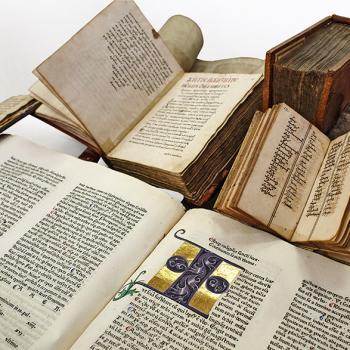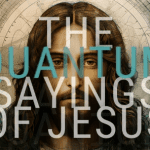Dear Friendly,
Was Jesus really born on December 25th? All these songs about snow and cold and shepherds sleeping outside in the fields in icy winter don’t make sense to me.
Signed,
Not So Sure About This.
Dear Not So Sure,
I was just a child when I heard some radio preacher say that Jesus was probably not born on December 25. I thought the floor had just been yanked from me. How dare that person question what surely is clear!
Except it is not clear.
First, the Bible does not indicate the date on our calendar that we call December 25 is the actual birth date. Did you know that our calendars have changed over time? We in the West use the Gregorian calendar, established in 1582. It replaced the Julian Calendar which had by then proved to be inaccurate by about 11 minutes per year—which does add up over the centuries!
Around the time of Jesus, a very different way of measuring times and dates was in place, and the world was also considerably less exact in its time measurements. Things you and I might accomplish in split seconds or just a few hours could easily then have spanned days, weeks and months or even longer. Those who lived in biblical times would be astonished at our contemporary time and date precision measurements.
Second, the day of Jesus’ birth was not celebrated at all in early Christianity. The major Christian feast from its earliest days was Easter, and then followed by Pentecost. While you and I live in a world that makes Christmas the most important time to pay attention to faith issues, that’s a fairly recent development.
So, when the church did decide to incorporate this season into its calendar of feasts and fasts, it probably co-opted certain winter celebrations that were already part of popular culture. In the northern hemisphere, the Winter Solstice, when the sun is at its lowest point and the daylight the shortest, is December 21. Starting December 22, the days start to grow longer again until they reach their fullest length on June 21 and then begin to shorten once more. Thank about it: what better time for us to celebrate the Light coming into the world, that is, Jesus, than the very time when the light itself is coming back, offering its renewed hope of sun, crops, and the rebirth of land and animals?
I recently heard from a reader of my blog who lives in Australia. Many of our holiday songs, with huge percentage centering on snow and snowmen, sleighs and frosty noses, cold winter’s nights and inky black midnight visitations sound crazy to them. Why? Because they are approaching their summer solstice, it is miserably hot “down under” and nights are short. They don’t need candles and festive lights to push back the darkness. They’ve got all the light they need right now, thank you.
But we do. We need to bravely light our candles and hold them high, to recognize that frozen ground will eventually yield to plants and plowing yet once more, to embrace the mystery of the Incarnation, the divine taking on humanity, and the act of holiness joyfully embracing and transforming brokeness, sin and sorrow.
Many of the songs you notedn are written in the context of cold, northern European deep winter weather. While not necessarily biblical in historical, climate matters, they are biblical in the sense of being in awe of what happened at the birth of the Savior.
Celebrating Christmas this time of the year reminds you and me of our physicalness, our connection with all of nature, and the rhythms of our bodies. Just when we are at our lowest ebb, the light enters again and gives us hope. So, December 25 for the celebration day just makes a lot of sense.
Have a great Christmas!
Signed,
Friendly
















